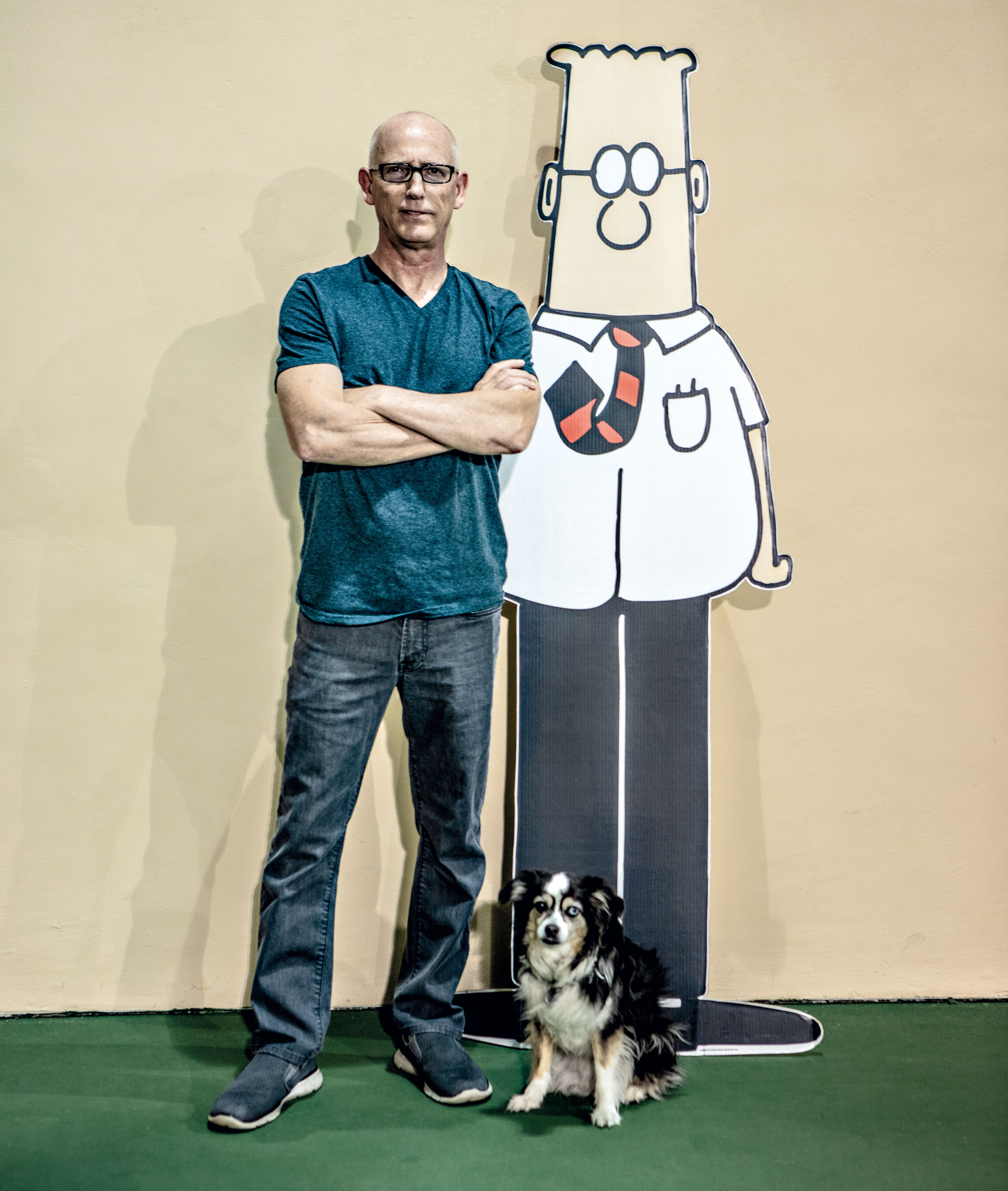In your book, you mention that President Trump employs “the big ask.”
When he’s negotiating, he asks for something so unreasonable that you shake your head and say, “I can’t even believe he’s asking for that. He’s asking to deport 14 million people who have been living here as good citizens.” And then when he got into office, as I predicted, he dropped the extreme perspective, even though he’s still tough on immigration.
Those things would have seemed extreme, but he created a frame in which they seem more reasonable. Now, in my opinion, he never meant to deport 14 million people. It was just a framing technique that got him into office and allowed him some more flexibility. He’s done his same technique where he goes big, and then he backs off, and he still wins.
Could President Trump win re-election?
The reason that question can’t be answered is if the news about the treatment of children along the border had happened a week before the election, it’s a different thing than if it happens now.
I think everything surrounding Russia will be shown to be overblown, meaning Trump himself will not suffer any fallout. In all likelihood the economy’s going to be great, and North Korea will be going in the right direction, though full denuclearization could take years. It’s entirely possible too that Trump can cause something good to happen in the Middle East, the other gigantic wildcard. Partly because he’s lucky to be in the right place at the right time, and partly because he’s the deal maker.
If he gets the Middle East, the economy, and North Korea in good shape, I don’t know how he loses.
How has social media influenced persuasion?
I’ve argued that power in this era could be defined by the size of the platform multiplied by how persuasive the person using it is. When you’ve got 50-some million Twitter followers, as the President does, and a full toolbox of persuasion, this is what you get. You don’t have to like it. But Trump moves things like nobody’s ever moved anything. And it’s because of those two elements.
There used to be a limit to your audience regardless of how persuasive you were. Those days are over. I think Twitter will remain a dominant platform because of the density of reporters. Even if most of the public is on Facebook, ultimately Facebook echoes the media. Influencers on Twitter influence the media, and the media influence other social networks. Then it feeds back to the people. Influential individuals now have a kind of power that is unprecedented.
What techniques can business leaders learn from President Trump, even if begrudgingly?
The biggest lesson is the way our visual sense dominates. You saw that clearly with the photos of detained children in the US being kept in cages. As soon as those images emerged, that debate was over.
The other lessons are simplicity and repetition. The president does these so well that early on people imagined he was mentally deficient. The experts in the campaign would say, “My God, he’s speaking in a sixth grade vocabulary and he just keeps repeating himself.” I was the first to say, “You’re totally missing the story. This is grade-A nuclear persuasion.” The question is, why aren’t the other candidates doing it?
The president also frames issues well. He controls focus and energy. He’ll take the energy off of the thing that his critics want to talk about and put it on to the thing that he wants. The first time I saw him do it, and the moment I realized something was going on, was during the first Republican debate in August 2015 – the Rosie O’Donnell moment.

That was when Megyn Kelly asked Mr. Trump about the insulting names he had called women?
Right. That question would have ended any normal politician. They would either apologize and be dead, or deny it and they’d be dead.
Trump found path number three. He interrupted Kelly and claimed he’d said all those things “only about Rosie O’Donnell.” And what he did was he took all the energy away from the question and moved it to an answer that wasn’t even related to the question really. It was a joke.
Because “only Rosie O’Donnell” was a visual response and she already had a lot of negative feeling among his base – who were the only ones he was talking to during the primaries – that became the headline the next day. It was outrageous. And then he went on to say something about how he doesn’t like political correctness, which inoculated him for the rest of his campaign. Once he said, “I’m the guy who doesn’t respect political correctness,” then every time he acted like that guy, he was just being consistent with what he promised.



